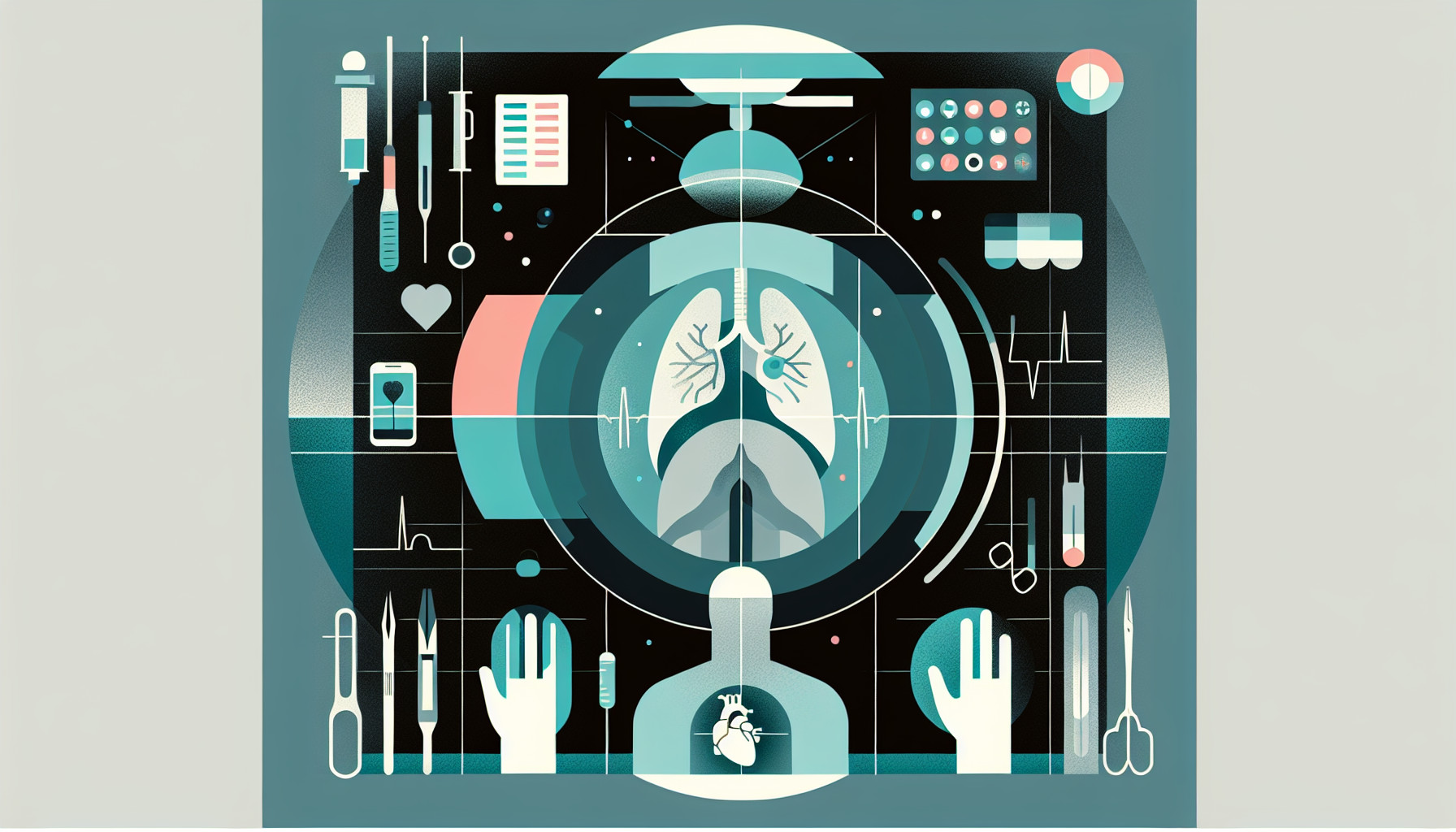Our Summary
This paper discusses a new method for reconstructing the nipple-areola complex (NAC), which is usually the last part of breast reconstruction surgery. This surgery often results in scarring, and can be more complicated if the patient has previously undergone radiotherapy.
To test their new method, the researchers observed a group of 35 patients. They measured the time it took for the nipple to heal, how the patients felt about the look of their reconstructed nipple, and the size and projection of the nipple. They then compared these results to a group who had undergone traditional reconstruction surgery.
The results showed that the new method led to better outcomes. The reconstructed nipples had a good projection size and maintained their shape over a year. The new method also led to a quicker healing time and fewer complications after surgery.
In conclusion, the researchers believe that their new method for reconstructing the nipple-areola complex is a good option, as it leads to an aesthetic result, heals quickly, and remains stable over time.
FAQs
- What is the new method for reconstructing the nipple-areola complex (NAC)?
- How does the new method of nipple reconstruction compare to traditional methods in terms of healing time and post-surgery complications?
- What were the results of the study in terms of patient satisfaction and the aesthetic look of the reconstructed nipple?
Doctor’s Tip
A doctor might tell a patient that nipple reconstruction is an important final step in the breast reconstruction process and that there are new methods available that can lead to better outcomes, including a good projection size and quicker healing time. They may also recommend discussing these new methods with their plastic surgeon to see if it is a suitable option for them.
Suitable For
Typically, patients who have undergone breast reconstruction surgery and are looking to have their nipple-areola complex reconstructed may be recommended this new method if they desire a more aesthetic result, quicker healing time, and stable outcomes. Additionally, patients who have previously undergone radiotherapy may also benefit from this new method, as traditional reconstruction surgery can be more complex in these cases.
Timeline
Before nipple reconstruction:
- Patient undergoes mastectomy or breast reconstruction surgery.
- Patient heals from surgery and undergoes any necessary treatments such as chemotherapy or radiation therapy.
- Patient consults with a plastic surgeon to discuss nipple reconstruction options.
- Patient decides on a surgical method for nipple reconstruction.
After nipple reconstruction:
- Patient undergoes nipple reconstruction surgery.
- Patient experiences healing and recovery from surgery.
- Patient attends follow-up appointments with the plastic surgeon to monitor healing and address any complications.
- Patient evaluates the appearance and feel of the reconstructed nipple.
- Patient observes the size and projection of the reconstructed nipple over time.
- Patient may undergo additional procedures or adjustments to achieve desired results.
What to Ask Your Doctor
Some questions a patient should ask their doctor about nipple reconstruction include:
- What are the different options for nipple reconstruction?
- How long will it take for the nipple to heal after surgery?
- What are the potential risks and complications associated with nipple reconstruction?
- Will I need multiple surgeries for nipple reconstruction, or is it typically done in one procedure?
- How soon after breast reconstruction surgery can I undergo nipple reconstruction?
- Will the reconstructed nipple have a natural look and feel?
- How will the size and projection of the reconstructed nipple be determined?
- Will I need to undergo any additional treatments, such as tattooing, to enhance the appearance of the nipple-areola complex?
- How long will the results of nipple reconstruction last?
- What kind of post-operative care and follow-up appointments will be needed after nipple reconstruction surgery?
Reference
Authors: Pizzonia G, Sasso A, Rossello C. Journal: ANZ J Surg. 2017 Oct;87(10):E121-E124. doi: 10.1111/ans.13176. Epub 2015 May 18. PMID: 25982476
